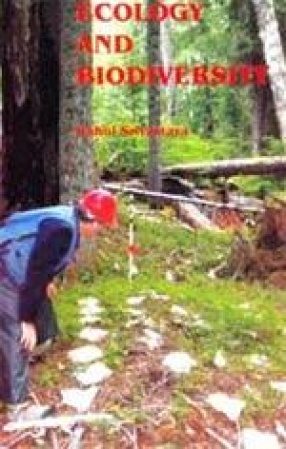The term “ecology†was introduced by Haeckel in 1869. His purpose was to focus attention on relationships, especially relationships with the environment, rather than on organisms and species. The coinage was taken from the Greek for household (oikos) and suggested a broader interdisciplinary perspective on phenomena in context. In practice, it has proved very difficult to cover the structure of the “house,†as well as the relationships of all the occupants with it and with each other, in one analysis. Ecology has, by and large, been natural ecology at its broadest. Where human activities have been included in the subject matter of ecological studies (for the most part a recent development), they have been studied naturalistically, or as though they were a function of natural processes, rather than an integral part of a larger universe. The variation of the living nature on the planet earth the biodiversity or diversity of life-is still overwhelming. Our planet supports between 3 and 30 million species of plants, animals, fungi, single-celled prokaryotes such as bacteria, and single-celled eukaryotes such as protozoans. Of this total, only about 1.4 million species have been named so far, and fewer that one percent have been studied for their ecological relationships and their role in ecosystems. A little more than half the named species are insects, which dominate terrestrial and freshwater dommunities worldwide; the laboratories of systematists are filled with insect species yet to be named and described. Hence, the relationships of organisms to their environments and the roles that species play in the biosphere are only beginning to be understood. This book give some answers to these questions.
Geoinformatics for Disaster Management
$47.70
$53.00





There are no reviews yet.